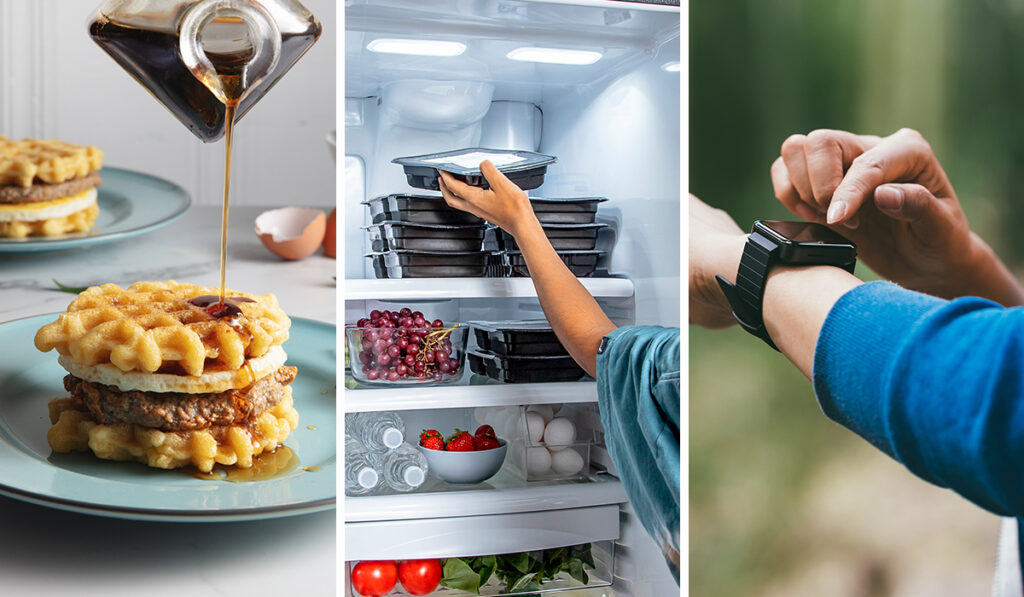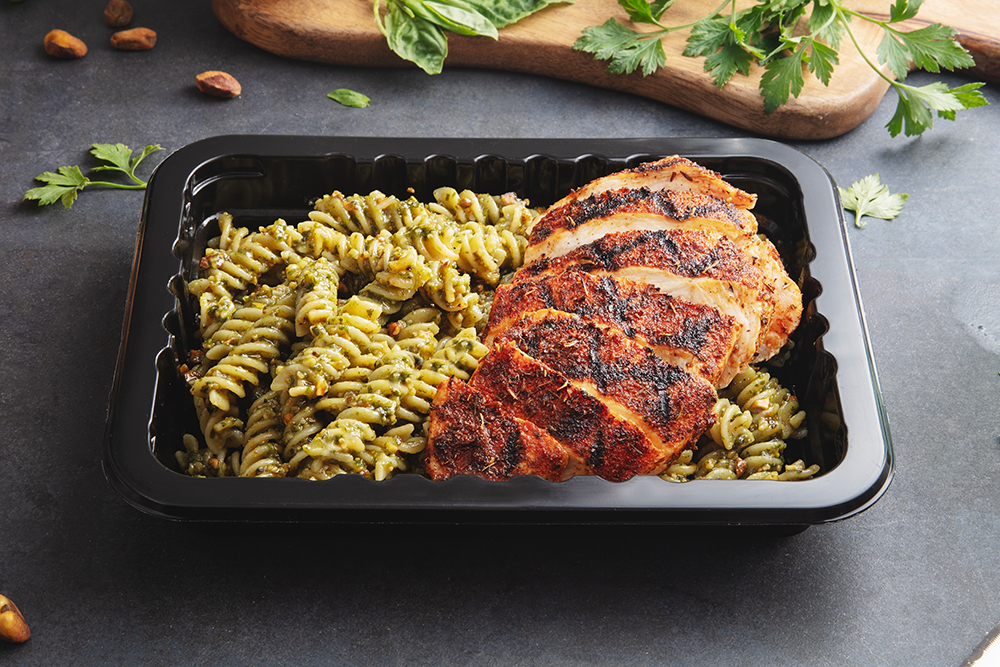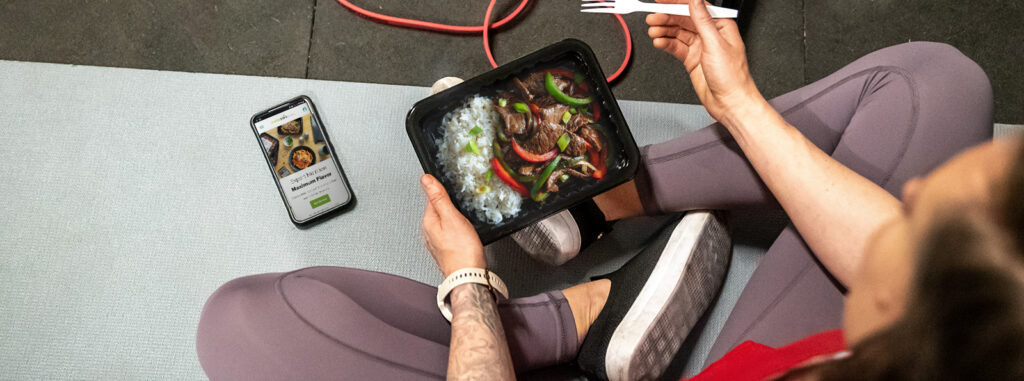When pursuing your health goals, somewhere along the way, willpower comes along. Willpower is like a muscle, it requires regular use but provides finite resources. Willpower involves the ability to exert self-control in the face of decisions. For your health goals this might look like self-control in managing food cravings or in showing up for your workouts.
Routine is to willpower what your heart is to exercise. With exercise, there is no deliberate intention to strengthen your heart, it happens automatically. Similarly, routines are habitual behaviors or choices that are often performed automatically. They provide structure and consistency in our choices and can reduce decision-making fatigue. Routines free up cognitive resources for other tasks. They are something that is cemented into how we go about our day. Routines might include: a morning routine of the first five things you do upon rising or a meal planning routine of the five things you do to organize your meals for the week.

3 Steps to establishing healthy routines
The key to establishing fool proof routines requires clarity in your goals and an awareness of the foreseeable obstacles. Follow these three steps for getting started with new daily routines:
1. Have A Clear Path That Aligns With Your Goals
Establishing a clear path requires first identifying your long term goals. Once you have identified them, measure the difference between where you currently are and these goals. For example, if one of your long term goals is to eat 30 varieties of plants per week but you currently only eat vegetables at dinner, this might mean making it a goal to eat vegetables a minimum of twice per day.
2. Identify Your Blind Spots And Determine Simple Solutions
Blind spots are areas that we are unaware of or often unconsciously overlook. For example, a blind spot of yours might be taking your vitamins each day. It can often be helpful to consult with others who can help make us aware of our blindspots. The next step is to identify a simple solution. Simple is key here, especially initially. A simple solution to forgetting to take your vitamins might be to download a vitamin reminder application on your phone that sends you a push notification.
3. Habit Stack With Things You Already Do
Habit stacking is a productivity technique coined by the author, James Clear. It involves linking new habits with an existing one to create a routine. An example of this might include wanting to add exercise into your morning routine. To help cement this as a habit, you habit stack exercise directly to brushing your teeth. Brushing your teeth was already something you did each morning when you woke up. Now, exercise is the second thing you do. When we habit stack, it can make it much easier to slowly build new routines and eventually create new habits.

Getting ahead of the challenges
Now that you have tools for how to create new daily routines aligned with your long-term goals, let’s take a look at a few routine solutions for different foreseeable challenges.
Challenge 1: Eating a High Protein Breakfast
Eating a high protein breakfast can be a real challenge. Let’s face it, common breakfast foods are generally loaded in refined carbohydrates and lacking in quality protein. In order to accomplish this, preparation is key. To create a routine, identify your blind spots around protein at breakfast and come up with three easy meal solutions. I recommend including at least one convenience option. This could be a quality protein powder or a Metabolic Meals’ breakfast dish.
Challenge 2: Having Food Options When You Get Back From Travel
Everyone talks about the challenge of eating well when you travel. But what about the challenge of eating well when you first get back from travel. The dreaded empty fridge when you get back from a trip on a Sunday night and have work Monday morning. One of the best solutions for this: prepare meals in advance and freeze them. Then you can transfer them to the refrigerator when you get home and then quickly reheat them the next day. Meals like chilis and soups hold especially well in the freezer. You can also order meals the week prior to travel and freeze them for your return. To create a routine out of this, habit stack packing your bags for travel with planning your return meals.
Challenge 3: Meeting Daily Step Goals
The Centers for Disease Control and Prevention (CDC) recommends walking at least 10,000 steps per day for prevention of chronic diseases. This would take the average person about 50 minutes of walking per day. 10,000 steps can be accomplished by one long walk or broken into several shorter walks. An example of this might look like walking 15 minutes in the morning as part of your morning routine, habit stacking 20 minutes of walking after you eat lunch and adding 15 minutes in the early evening before you cook dinner.

To Recap
Accomplishing your long term health goals is possible with the power of daily routines. If creating routines is new for you, start small with just one daily three-step routine in the morning. Then once you solidify this routine into habits, you can add in additional daily routines that align with your goals. Just remember to always come back to the big question: what are your goals and what is your path for accomplishing them?
Find the nutrition you need on this week’s menu.
SHOP NOW >






